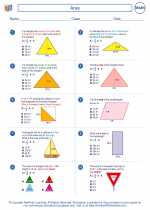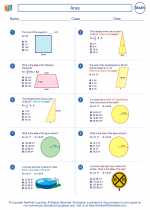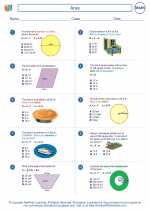Domain and Range
When dealing with functions in math, it's important to understand the concepts of domain and range. The domain of a function refers to the set of all possible input values (x-values) for the function, while the range refers to the set of all possible output values (y-values) for the function.
Domain
The domain of a function is the set of all possible input values that the function can accept. When looking at the graph of a function, the domain is the set of all x-values that correspond to points on the graph. In other words, it is the set of all possible values that x can take on in the function.
Example:
Consider the function f(x) = x^2. In this case, the domain is all real numbers, since you can plug in any real number for x and the function will produce a valid output.
Range
The range of a function is the set of all possible output values that the function can produce. When looking at the graph of a function, the range is the set of all y-values that correspond to points on the graph. In other words, it is the set of all possible values that f(x) can take on for the given domain.
Example:
For the function f(x) = x^2, the range is all non-negative real numbers, since the function will only produce non-negative outputs for any input value of x.
Study Guide
To understand and work with domain and range, here are some key points to remember:
- Domain refers to the set of all possible input values for a function.
- Range refers to the set of all possible output values for a function.
- When looking at the graph of a function, the domain is the set of all x-values and the range is the set of all y-values.
- Some common restrictions on domain include division by zero and taking the square root of a negative number.
- When working with functions algebraically, pay attention to any restrictions on the domain and the resulting range of the function.




